Architectural Renaissance
The architectural renaissance observed in various regions appears to be a pivotal driver for the stained glass market. As urban landscapes evolve, there is a growing inclination towards incorporating stained glass in both residential and commercial buildings. This trend is particularly evident in the restoration of historical structures, where stained glass serves not only as a decorative element but also as a means of preserving cultural heritage. The market data suggests that the architectural segment accounts for a substantial share of the stained glass market, with projections indicating a compound annual growth rate of approximately 5% over the next few years. This growth is likely fueled by an increasing number of architectural projects that prioritize aesthetic appeal and historical significance, thereby enhancing the demand for stained glass products.
Cultural and Religious Significance
Cultural and religious significance remains a crucial driver for the stained glass market. Stained glass has long been associated with places of worship, where it serves to convey spiritual narratives and enhance the ambiance of sacred spaces. The demand for stained glass in churches, cathedrals, and other religious institutions continues to be robust, as these establishments seek to create visually stunning environments that resonate with their congregations. Market analysis indicates that the religious segment constitutes a considerable portion of the stained glass market, with growth projected at around 4% annually. This sustained interest in stained glass for religious purposes underscores its enduring appeal and importance within The Global Stained Glass Industry, as communities invest in the creation and restoration of these artistic expressions.
Artistic Expression and Customization
The stained glass market is significantly influenced by the rising trend of artistic expression and customization. Consumers are increasingly seeking unique and personalized designs that reflect their individual tastes and preferences. This demand for bespoke stained glass solutions is driving manufacturers to innovate and offer a wider range of customizable options. Market data indicates that the customization segment is expected to grow at a rate of 6% annually, as artists and designers collaborate to create one-of-a-kind pieces for both residential and commercial applications. This trend not only enhances the aesthetic value of spaces but also positions stained glass as a medium for personal storytelling, thereby solidifying its relevance in contemporary design. The Global Stained Glass Industry is thus witnessing a shift towards more personalized offerings, catering to the evolving desires of consumers.
Technological Advancements in Production
Technological advancements in production processes are reshaping the stained glass market landscape. Innovations such as digital printing and laser cutting are enabling manufacturers to produce intricate designs with greater precision and efficiency. These technologies not only streamline production but also expand the creative possibilities for artists and designers. The integration of technology is likely to attract a new generation of consumers who appreciate both the artistry and the craftsmanship involved in stained glass creation. Market data suggests that the adoption of advanced manufacturing techniques could lead to a 7% increase in production capacity over the next few years. This evolution within The Global Stained Glass Industry indicates a promising future, where traditional artistry meets modern technology, resulting in unique and contemporary stained glass products.
Sustainability and Eco-Friendly Practices
Sustainability and eco-friendly practices are becoming increasingly relevant in the stained glass market. As consumers grow more environmentally conscious, there is a rising demand for stained glass products that are produced using sustainable materials and methods. Manufacturers are responding by sourcing recycled glass and employing eco-friendly production techniques, which not only reduce environmental impact but also appeal to a broader audience. Market trends indicate that the eco-friendly segment is expected to grow by approximately 5% annually, as consumers prioritize sustainability in their purchasing decisions. This shift towards greener practices is likely to enhance the reputation of The Global Stained Glass Industry, positioning it as a responsible choice for environmentally aware consumers seeking to incorporate art into their spaces.


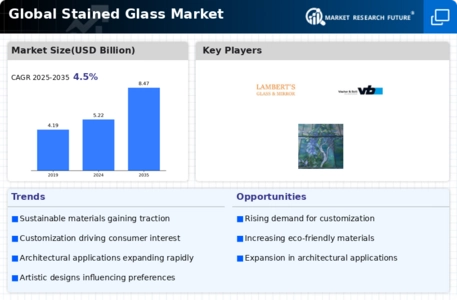
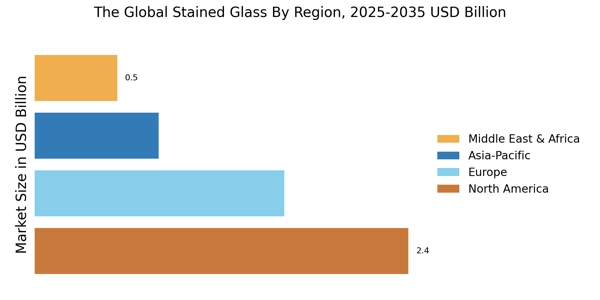
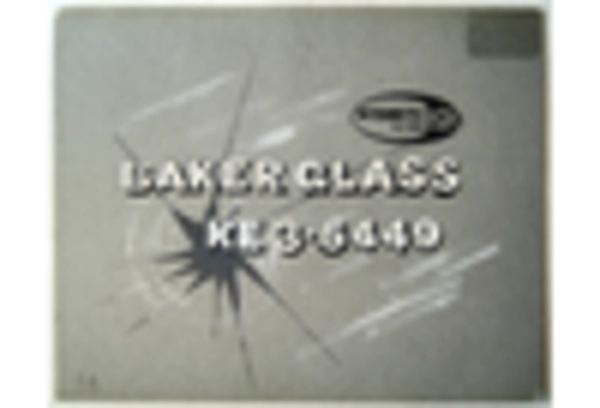
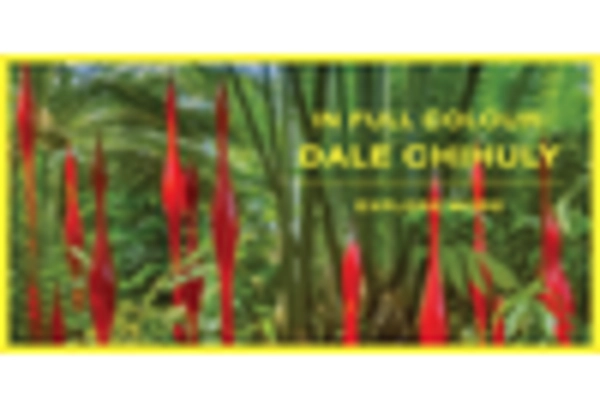
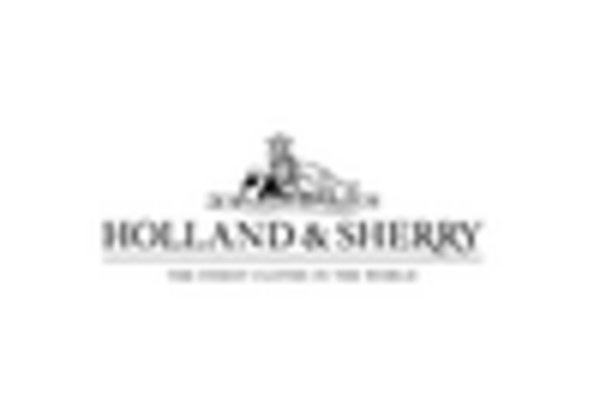
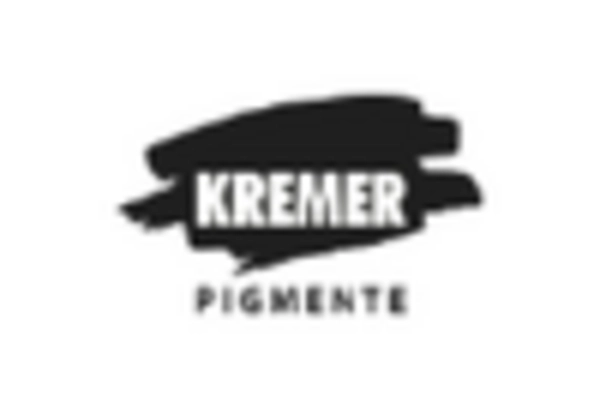
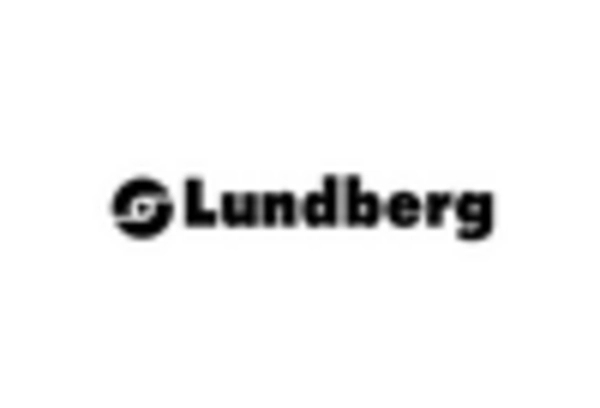
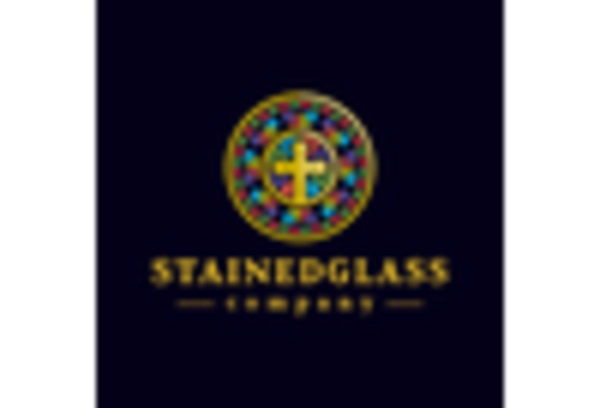









Leave a Comment